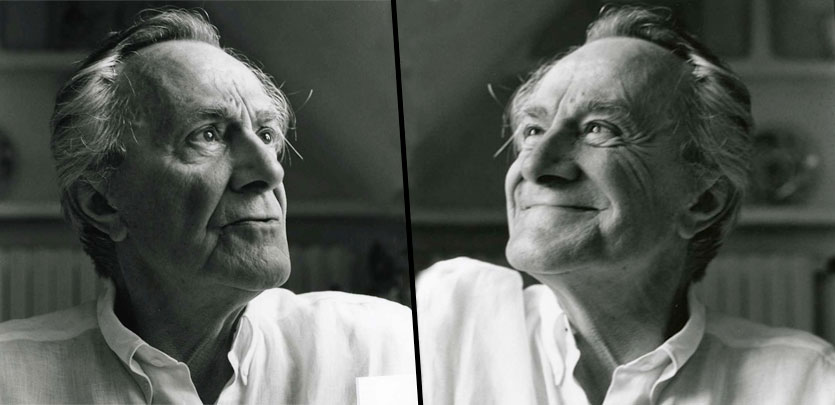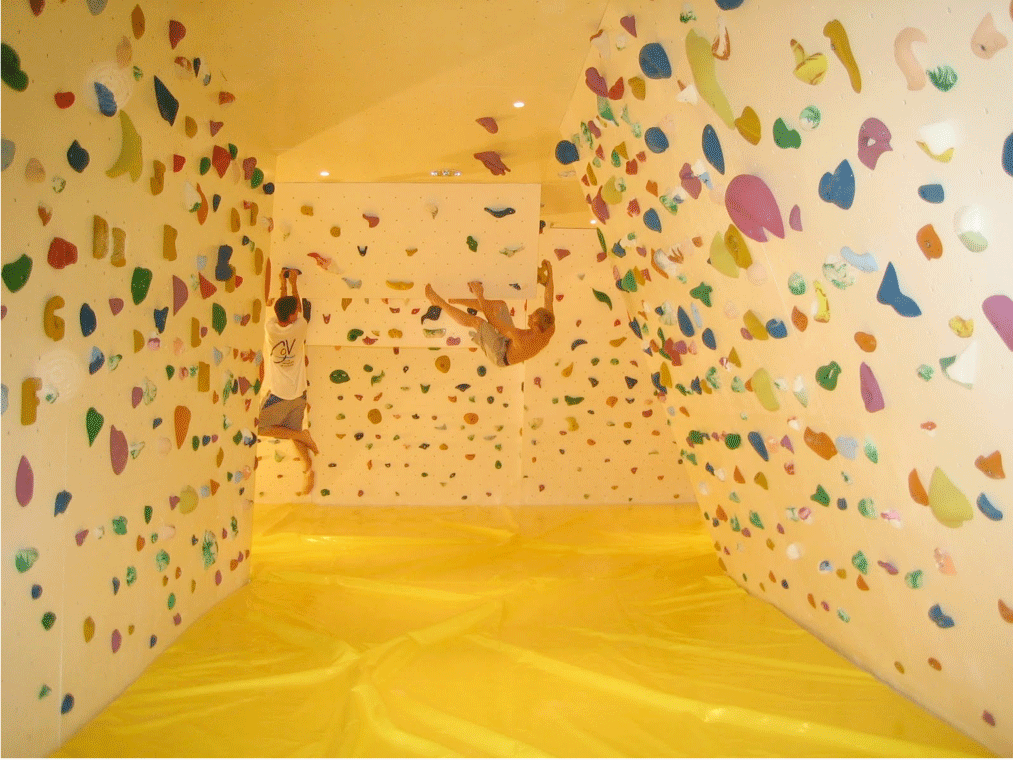-
Reflective practice

If you’re anything like me, you’re probably quite good at a few things. But if you are like me you probably sometimes have a hard time bragging about those things or even quite believing you possess them. This post is about the relationship between the things we do well (and not so well) and what…
-
Content discovery and consumption – delivering the virtuous circle
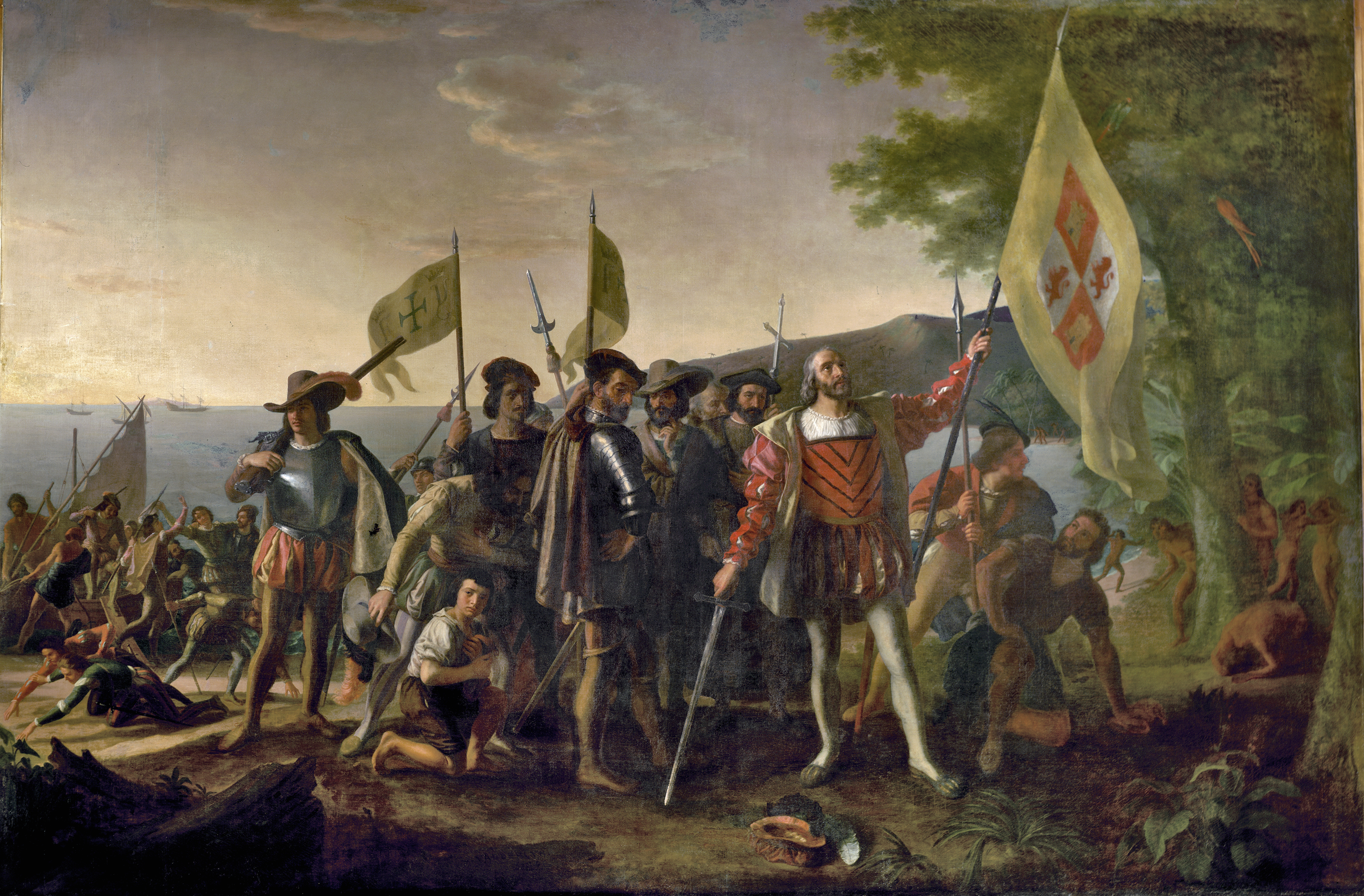
The main challenges for online audiences of the future (and content publishers) isn’t finding content, it’s finding (and recommending) the right content. The homepage is dead. Or perhaps now every page is a homepage. But what does that tell us? This post is about three stages of the user experience – content discovery, consumption and…
-
Spaces vs. Places – structures in information architecture
Since I joined the BBC’s knowledge and learning team I’ve been exploring the concept of “real-world information architecture”. It’s a term I inherited, and I’ve never been entirely satisfied that there’s a shared definition of what it means. I’ve struggled to create a definition, but I think over the years I’ve been thinking about it,…
-
Design sprints and service design
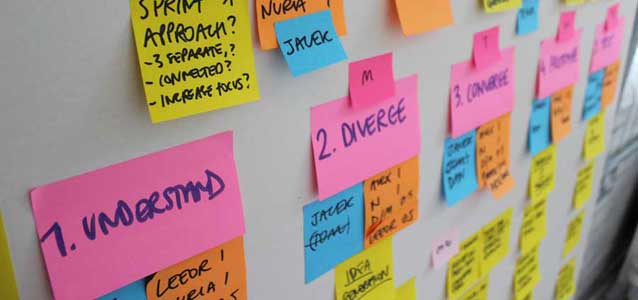
Previously I’ve written about design sprints and the lessons I learned from using them over two projects. This post is about the third time I’ve used design sprints, a five-day process of rapid idea generation and testing. For this project we combined the design sprints and service design tools to arrive at something that I…
-
Design sprints – what I’ve learned at the BBC
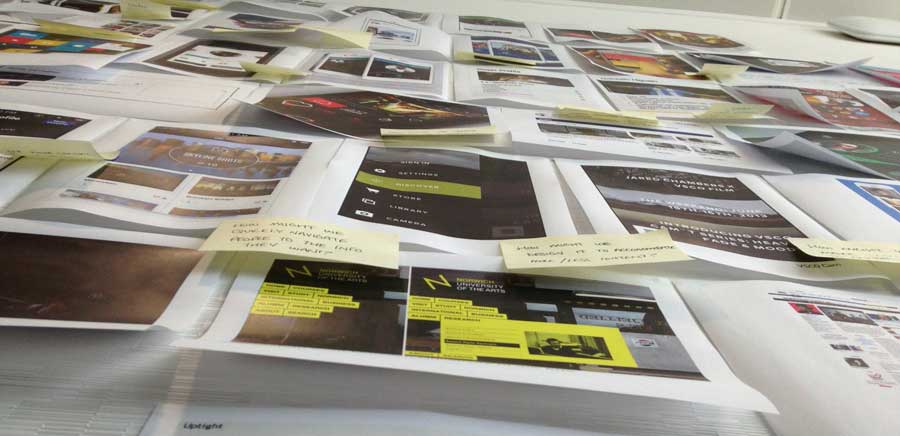
As a user experience architect at the BBC I get involved in lots of different types of design projects. This year our team has been experimenting with a way of developing ideas using a method called ‘design sprints’. Inspired by Google Ventures (and described here), we’ve been exploring how we can use this approach to…
-
Trends for 2014 – Storytelling in UX design

After reviewing submissions for IA Summit 2014 it occurred to me that this might be a good opportunity to think about trends for the coming year. This is the final trend, and probably not so much a trend as the way I like to think about the world generally, but it helps out at work too.…
-
What’s a user experience architect at the BBC do?

What is information architecture? In my experience it’s a question that information architects aren’t too confident answering. It’s ironic that for a professional discipline so focused on classification we sometimes have a hard time describing what it is we do. I make information architecture. I’m a user experience architect at the BBC. But how can you…
-
Using stories in user experience architecture
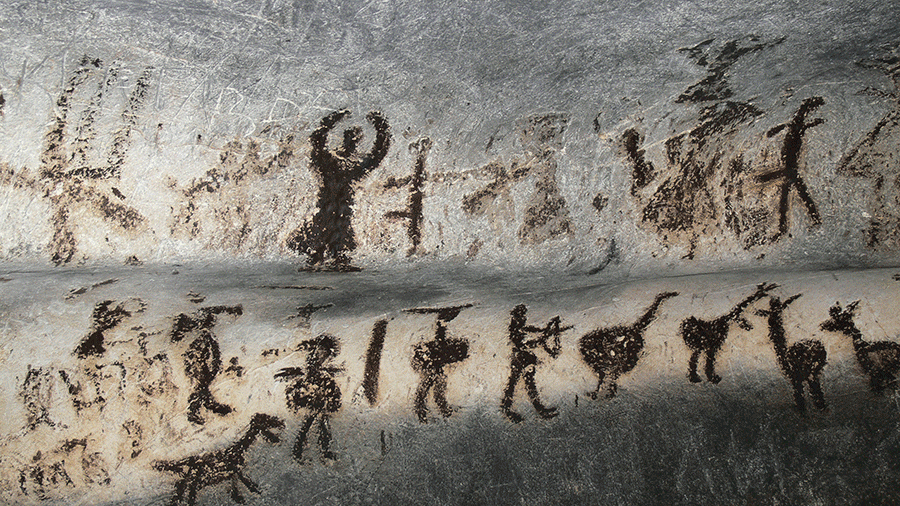
There are lots of things to focus on when you’re designing something. I think there are three layers of abstraction to most digital design challenges. The simplest is the interface – deciding what things look like. Interaction design turns 2d designs into something with both form and function. But there is another layer – the…
-
The shape of things to come – redundancy in information architecture

Lots of products are the result of compromise. There’s a Venn diagram I trot out that describes how I work to create experiences that combine business priorities with user needs. User experiences sit in the sweet spot where these two sets of requirements are most closely aligned. Information architecture creates systems that combine these two…
-
Information architecture principles

Information architecture attempts to create spaces from ideas. We take mental models and try to build digital structures that formalise these thoughts. Sometimes it seems like we’re creating spaces which force users to adopt a specific perspective. From these fixed perspectives they can move around our sites and products. But really, we only ever provide…
-
Trajectories at the BBC – after two days*

Steve Benford describes Trajectories as offering a new way of thinking about the design of extended user experiences. I think the more ways we have to think about the design of experiences the better. Structured methods for interrogating the result of our designs forces us to move our focus from the design of objects to…
